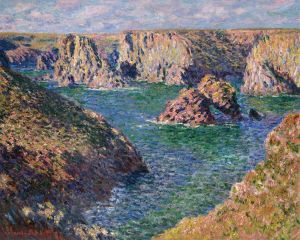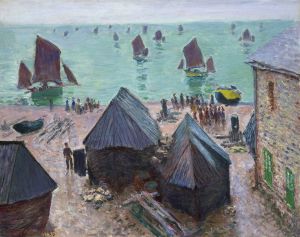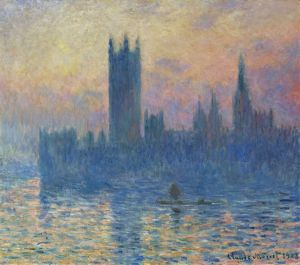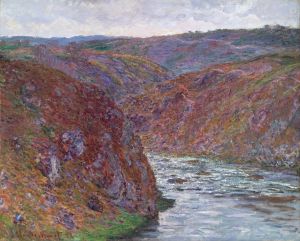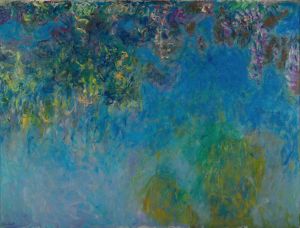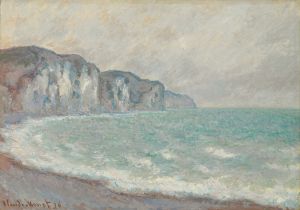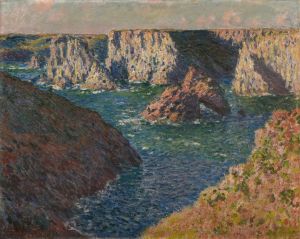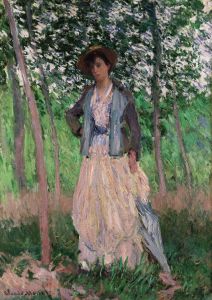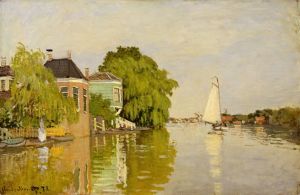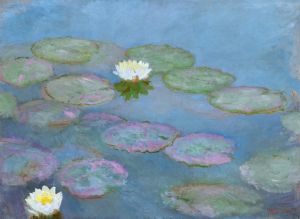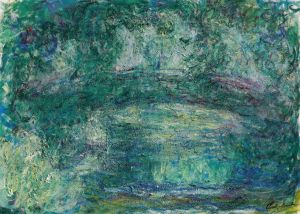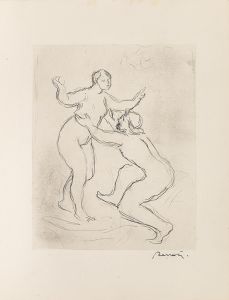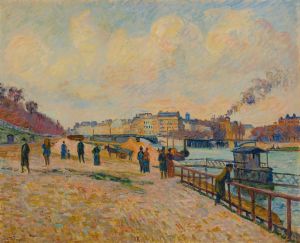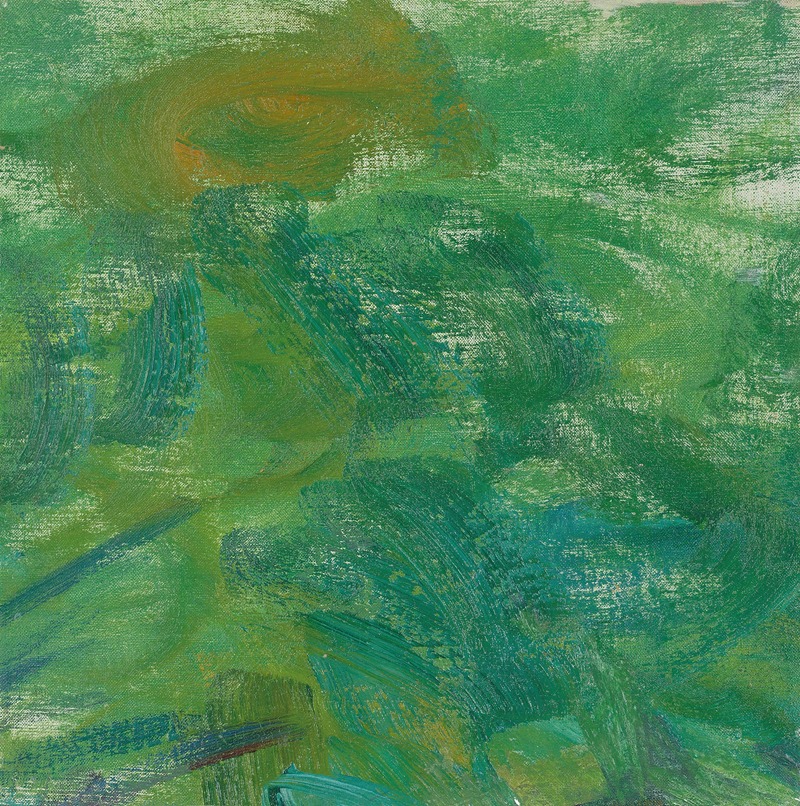
Nymphéas
A hand-painted replica of Claude Monet’s masterpiece Nymphéas, meticulously crafted by professional artists to capture the true essence of the original. Each piece is created with museum-quality canvas and rare mineral pigments, carefully painted by experienced artists with delicate brushstrokes and rich, layered colors to perfectly recreate the texture of the original artwork. Unlike machine-printed reproductions, this hand-painted version brings the painting to life, infused with the artist’s emotions and skill in every stroke. Whether for personal collection or home decoration, it instantly elevates the artistic atmosphere of any space.
Claude Monet's "Nymphéas," commonly referred to as the "Water Lilies," is a series of approximately 250 oil paintings created by the French Impressionist artist between 1897 and 1926. These works depict Monet's flower garden at his home in Giverny, France, and are celebrated for their innovative approach to light, color, and reflection. The series is considered one of the most significant achievements of Impressionism and a cornerstone of modern art.
The "Water Lilies" paintings were inspired by Monet's personal garden, which he meticulously designed and cultivated. In 1893, Monet purchased land near his property and created a water garden, complete with a pond, water lilies, and a Japanese-style bridge. He drew inspiration from the natural beauty of this setting, capturing the interplay of light and water, as well as the changing seasons and times of day. Monet often worked outdoors, directly observing the scene, a hallmark of the Impressionist movement.
The paintings in the "Water Lilies" series vary in size and composition. Some are small, intimate studies, while others are monumental panels designed to immerse the viewer in the scene. Monet's technique evolved over the years, with his later works characterized by a looser, more abstract style. He often used bold, expressive brushstrokes and a vibrant color palette to convey the ephemeral qualities of light and atmosphere.
One of the most famous subsets of the series is the group of large-scale panels that Monet created for the Musée de l'Orangerie in Paris. These works, completed in the final years of his life, were designed to be displayed in two oval-shaped rooms, creating an immersive, panoramic experience. Monet donated these panels to the French government in 1922, and they were installed in the Orangerie in 1927, shortly after his death.
The "Water Lilies" series has been widely exhibited and remains a subject of fascination for art historians and the public alike. The paintings are housed in major museums and private collections around the world, including the Musée d'Orsay in Paris, the Metropolitan Museum of Art in New York, and the Art Institute of Chicago. They are celebrated not only for their aesthetic beauty but also for their influence on later artistic movements, such as Abstract Expressionism.
Monet's "Nymphéas" series reflects his lifelong dedication to capturing the fleeting effects of light and nature. It stands as a testament to his artistic vision and his ability to transform ordinary scenes into extraordinary works of art.





